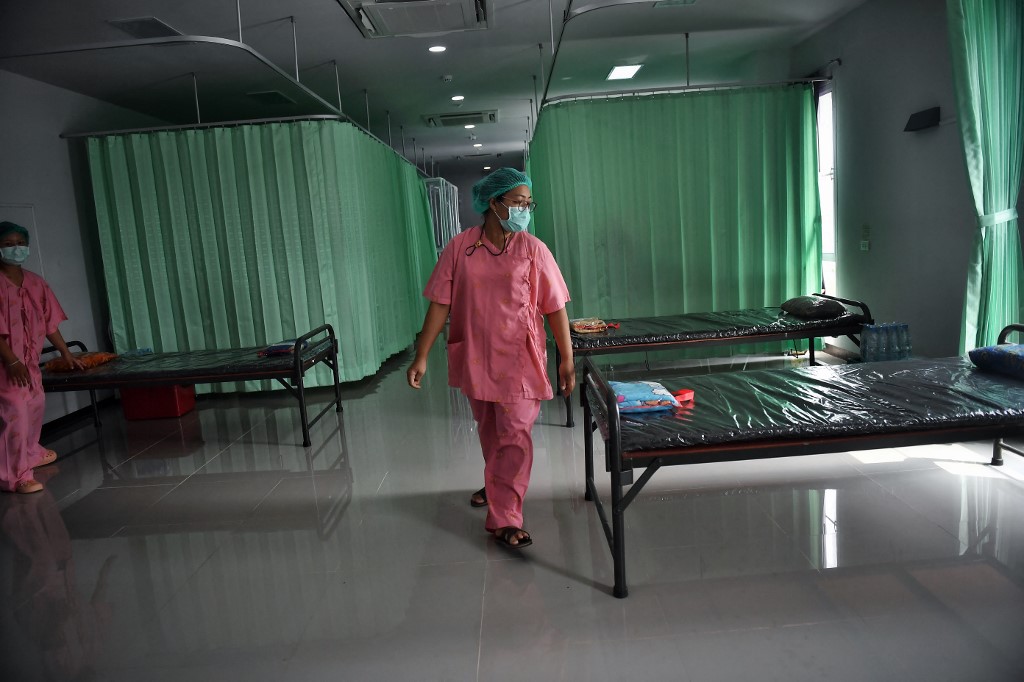Thailand’s healthcare system has long been lauded for its affordability, accessibility, and quality of care. However, recent years have brought about significant challenges and opportunities, shaping the current healthcare landscape in the country.

One of the primary challenges facing Thailand’s healthcare system is the increasing burden of non-communicable diseases (NCDs) such as diabetes, hypertension, and cancer. Factors such as an aging population, urbanization, and changing lifestyles have contributed to the rise in NCDs, placing strain on healthcare resources and infrastructure.
Additionally, disparities in healthcare access persist, with rural and marginalized communities facing barriers to quality healthcare services. Addressing these disparities requires targeted efforts to improve healthcare infrastructure in underserved areas and enhance healthcare workforce distribution.
The COVID-19 pandemic has further highlighted the importance of robust healthcare systems. Thailand’s response to the pandemic has been commendable, with proactive measures implemented to control the spread of the virus and ensure access to testing and treatment for all citizens and residents.
Amidst these challenges, Thailand also presents opportunities for innovation and advancement in healthcare delivery. The country has embraced digital health technologies, telemedicine, and artificial intelligence to improve healthcare access, efficiency, and patient outcomes.
Moreover, Thailand’s medical tourism industry continues to thrive, attracting patients from around the world seeking high-quality and affordable medical care. This presents an opportunity for the country to further invest in healthcare infrastructure and services to meet the growing demand from both domestic and international patients.
In conclusion, while Thailand’s healthcare system faces challenges such as the rise of NCDs and disparities in access, there are also opportunities for innovation and improvement. By addressing these challenges and leveraging its strengths, Thailand can continue to provide quality healthcare services for its population and maintain its position as a leader in healthcare in the region.
